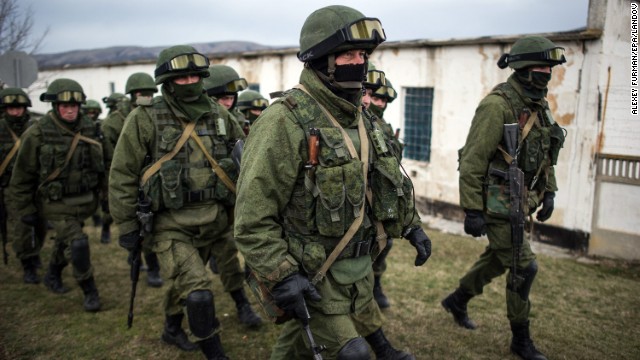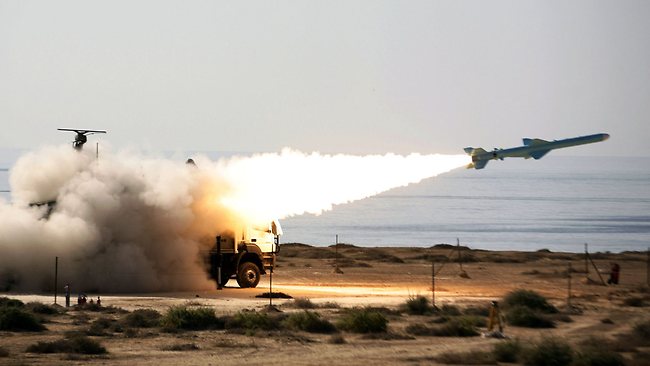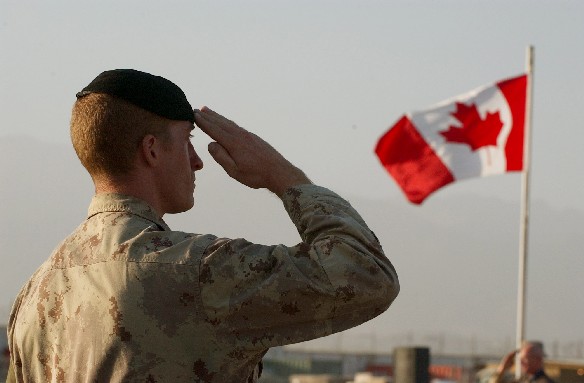
Reserve military units were traditionally composed of retired volunteers and discharged conscripts. Since the demise of the Warsaw Pact; many NATO countries have reduced their regular force structures, transitioned from conscript to all-volunteer forces and consequently have reduced their deployable manpower. Facing acute manpower shortages in long-term deployments to Iraq and Afghanistan, many NATO members are looking at the American model of reserve forces and seeking to emulate it. Should Canada fully adopt the American model, Canadian policymakers should be cognizant of its implications and limitations.
The United States military adopted the Total Force Concept in the 1970s following the Vietnam War. The concept, simply put, calls for the integration of active-duty and reserve forces into a ‘total force’ – with the two forces meant to complement each other and be trained and equipped to the same levels. In the United States the concept has undergone several evolutions. Canada adopted the concept in the late 1980s. In the Canadian context, however, the reserve forces are not composed of units at regular establishment size. Indeed, the Canadian Primary Reserve, the main reserve component of Canada, is composed of a plethora of units organizationally larger on paper than in reality.It is here that the difference between the Canadian and American models is best observed: Canada does not plan on deploying whole reserve formations. Rather, individual members of reserve units volunteer for deployment and are integrated into regular force units when deployed, and are then trained within the regular force units.
Canada’s involvement in Afghanistan has involved as substantial number of Primary Reserve members volunteering for overseas service. They have provided an invaluable contribution given the long duration of the Afghanistan conflict and the dearth of active forces to maintain deployment numbers. Given declining budgets and force structures, many NATO states, including once major contributors of ground forces such as the UK and Germany, are cutting their active-duty forces while bolstering American–patterned total force reserves in order to have sufficient manpower for operations. Such policies have a number of implications for NATO and Canada – especially if Ottawa decides that it too will restructure its reserves along American lines.
 Total Force reserve forces intended for deployment abroad in are expensive. They need to be trained and equipped at the same levels as their active force counterparts – unlike traditional reserve forces that receive second-rate equipment. For many NATO countries, Canada included, this is difficult as declining defense budgets and increasing operational requirements have resulted in reserve forces receiving leftover, often obsolete, equipment. A related problem is that equipping and training the same force is not enough. To be effective Total Force reserves must be organized in the same fashion as their active force counterparts as they are in the United States. However, this practice is not followed in Canada given the regimental traditions that result in many under-strength units and the fact that Primary Reserve members are normally only deployed overseas if they volunteer to do so. Failing to maintain reserve forces in standardized, full strength units results in reduced interoperability and reduced training possibilities, and reduced reserves’ effectiveness.
Total Force reserve forces intended for deployment abroad in are expensive. They need to be trained and equipped at the same levels as their active force counterparts – unlike traditional reserve forces that receive second-rate equipment. For many NATO countries, Canada included, this is difficult as declining defense budgets and increasing operational requirements have resulted in reserve forces receiving leftover, often obsolete, equipment. A related problem is that equipping and training the same force is not enough. To be effective Total Force reserves must be organized in the same fashion as their active force counterparts as they are in the United States. However, this practice is not followed in Canada given the regimental traditions that result in many under-strength units and the fact that Primary Reserve members are normally only deployed overseas if they volunteer to do so. Failing to maintain reserve forces in standardized, full strength units results in reduced interoperability and reduced training possibilities, and reduced reserves’ effectiveness.
The biggest problem the Total Force structure imposes in both the Canadian and American models is the problem of readiness. By definition reserve forces are not full-time active duty forces. The natural consequence of this reality is that they exist in a reduced state of readiness. Even in the more expansive American model, reserve forces only train to the tune of the National Guard’s famous slogan: ‘One weekend a month, two weeks a year.’ The implication of sparse training time is that reserve forces, if activated for deployment, must first ‘work up’ through intensive training for a period of just under a year. Even for the United States with its first-rate military and excellently trained, funded, and equipped reserves, readiness prior to and during deployment has been found wanting time and again. For Canada, this problem becomes acute given cuts to active forces’ readiness and training. Finally, a major problem with the total force structure employed in the United States is that it undermines the whole concept of reserve forces. As one expert has stated about the American model, ‘reserve forces not only supplement or reinforce the active force but often act as a surrogate for it.’ This problem, compounded by the economic and social dislocation caused by activation and deployment of civilian reserve forces in any reserve force model begs the question of the purpose of reserves. In effect, transitioning from low-readiness reserves to deployable reserves raises more problems than it solves.
Demanding operational requirements, continued global instability, and a tight fiscal environment is pushing NATO countries, Canada included, to look at their reserve forces as a source of deployable manpower that costs less to maintain than active forces. While reserve forces in the American patterned Total Force concept can provide much additional combat strength ‘on the cheap,’ they come with a host of complications and limitations that must be considered before implemented.




